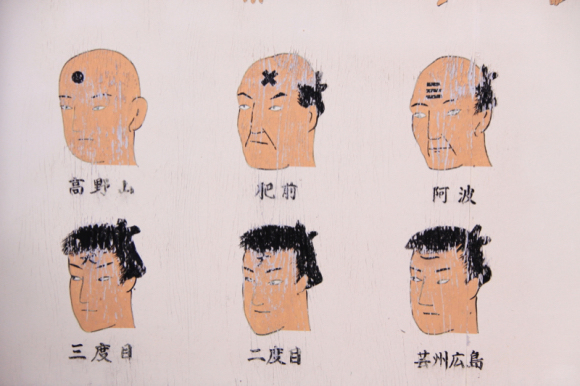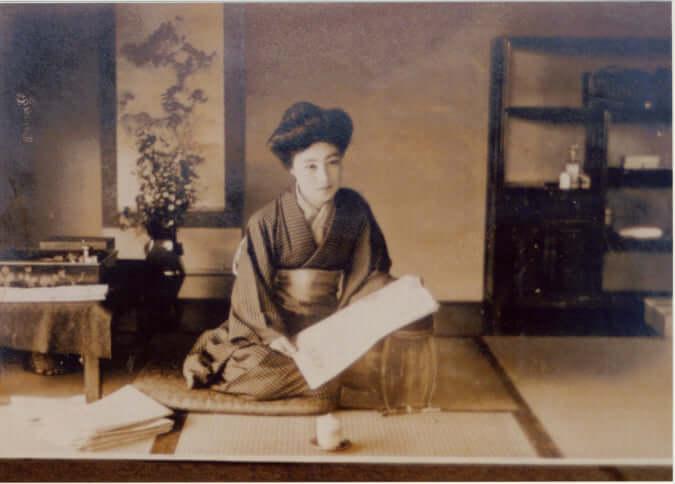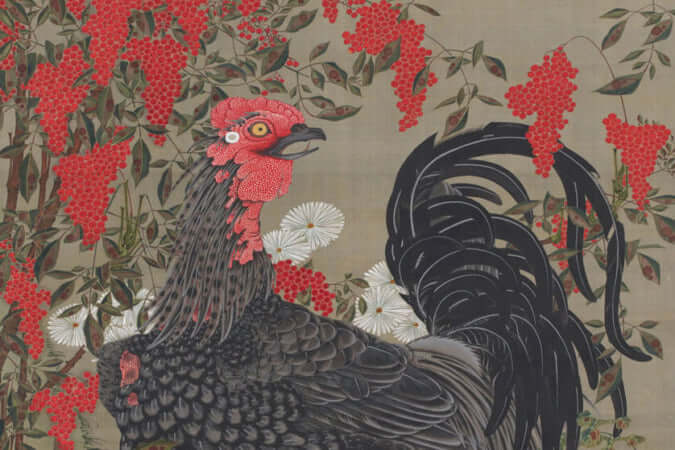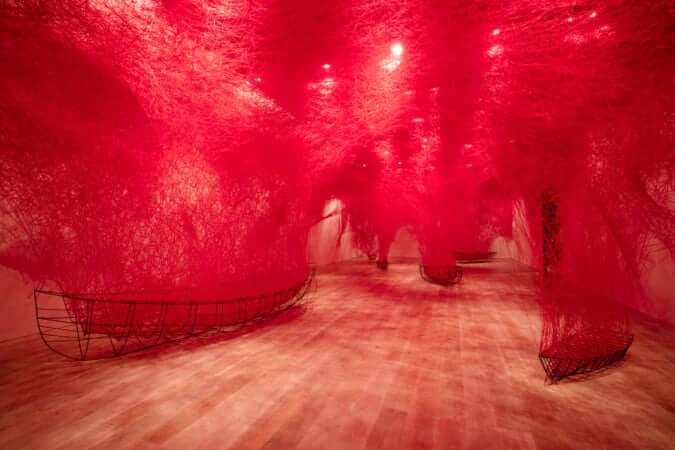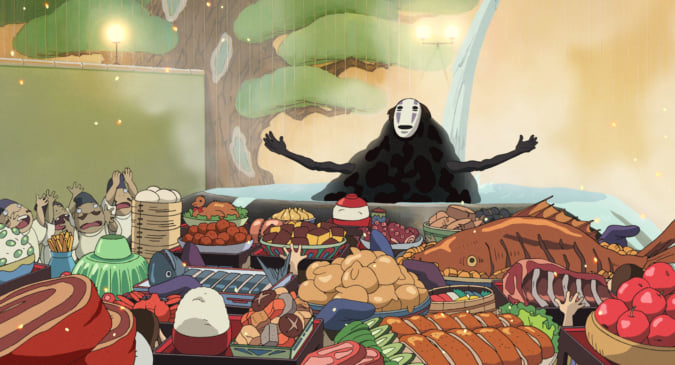This Pottery Studio Makes Edible Homeware
Osamu Tsurumaru makes homeware you can eat, where puffed rice replaces clay, to stand out from other artisans in Karatsu.
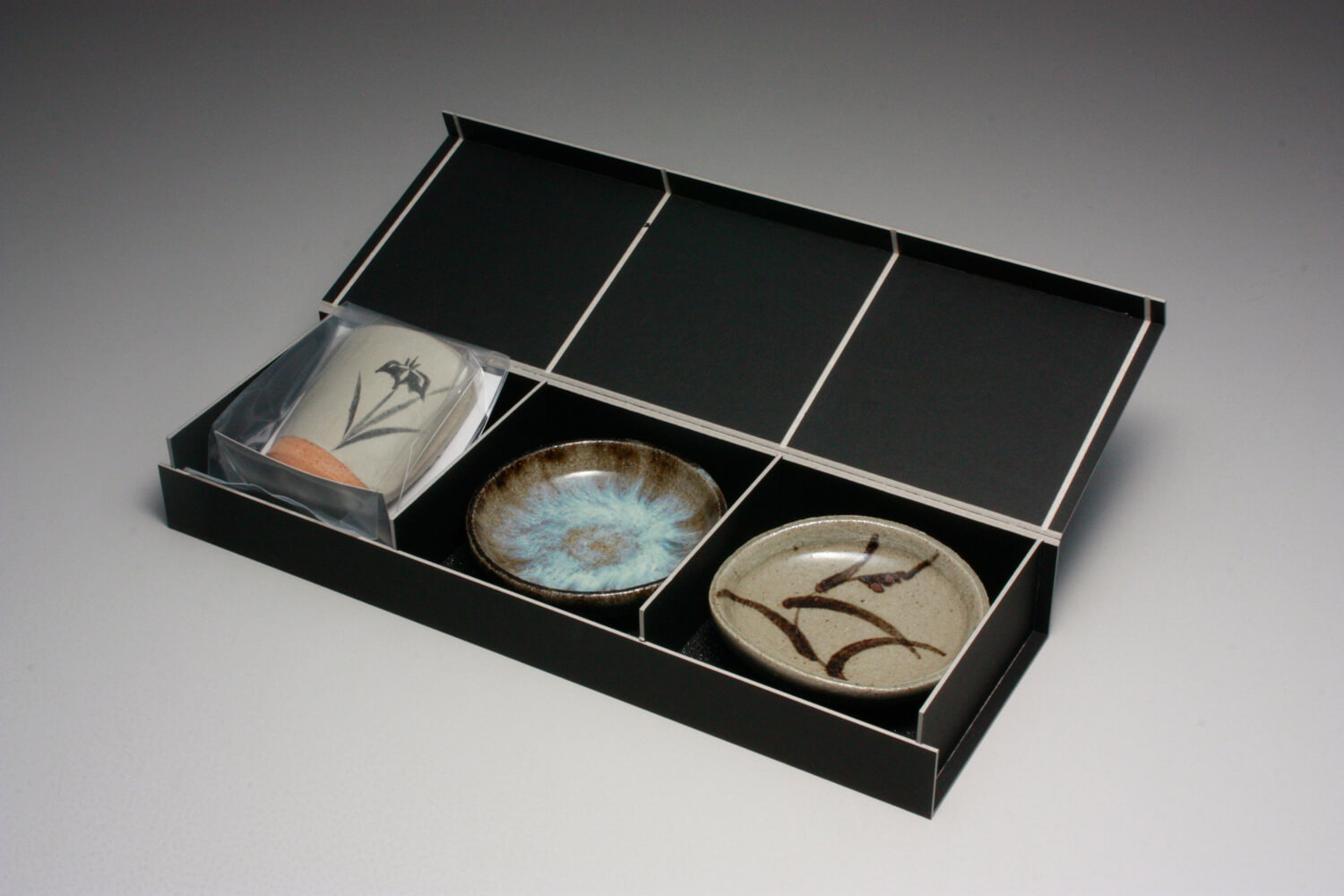
© Nakazato Tarouemon Tobo
Pottery from Karatsu is recognisable by its use of sober colours (mainly earthy terracotta and dark navy) and patterns with clean lines depicting birds, plants, and flowers in a very simple way.
Pottery was introduced to this city in Saga Prefecture on Kyushu island, which is home to over 70 pottery studios, between the 16th and 17th centuries via the local port. As well as the fruits of fishing trips, boats would bring back other treasures from their explorations across Asia. This is how the first Korean and Chinese potters settled and ultimately stayed, passing on their knowledge to the locals.
An edible variant
This ‘rustic’ approach allowed the Nakazato Tarouemon Tobo studio, run by Osamu Tsurumaru, to create edible variants of its pieces. Thus, they developed Karatsu cups made from rice crackers (senbei), available to buy from their boutique for 300 yen (€2.60). The products have seen great success among consumers since their conception. Despite being made from puffed rice, you would think they were created using terracotta. Mind your teeth!
More information on Osamu Tsurumaru’s creations can be found on the Nakazato Tarouemon Tobo studio’s website.
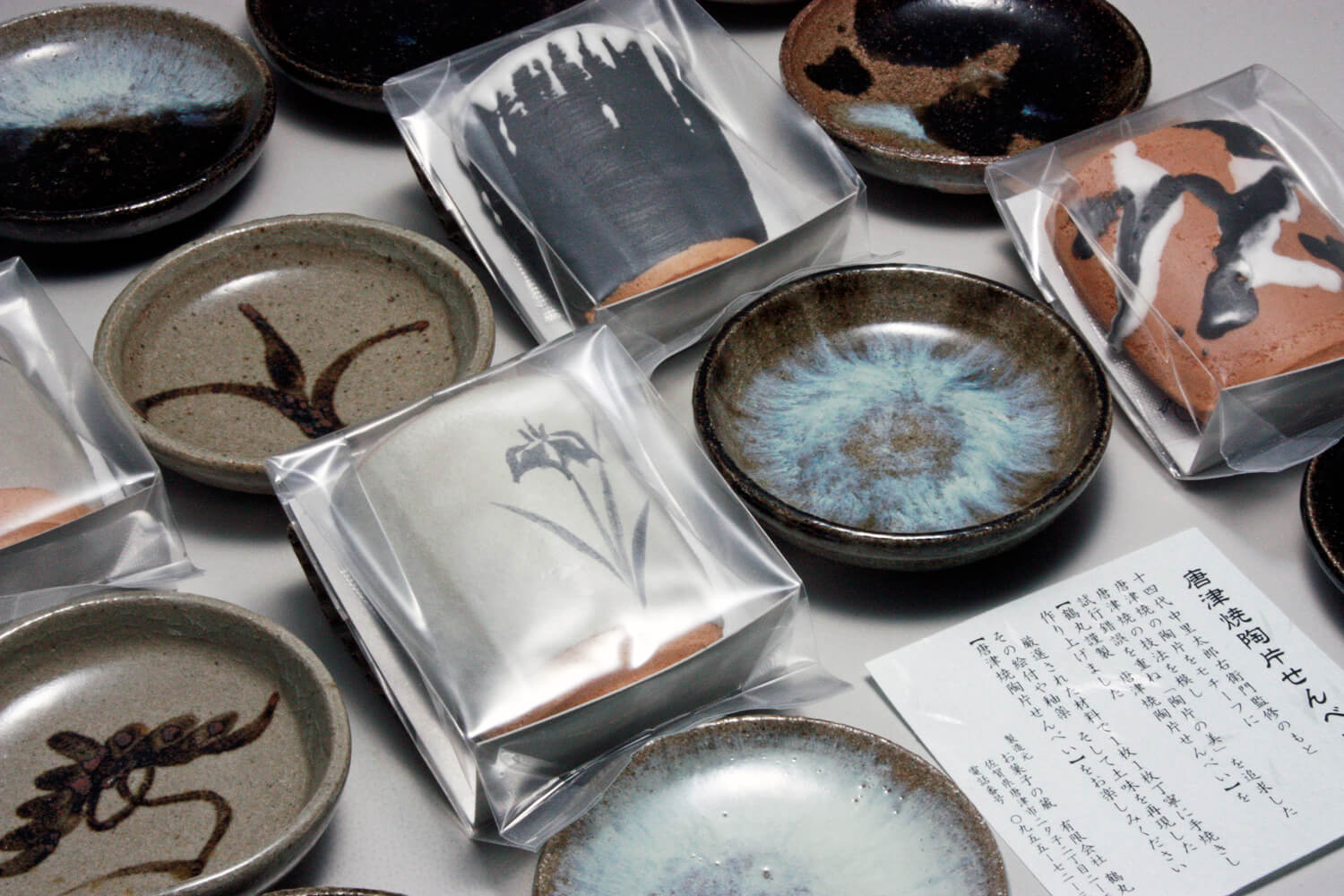
© Nakazato Tarouemon Tobo
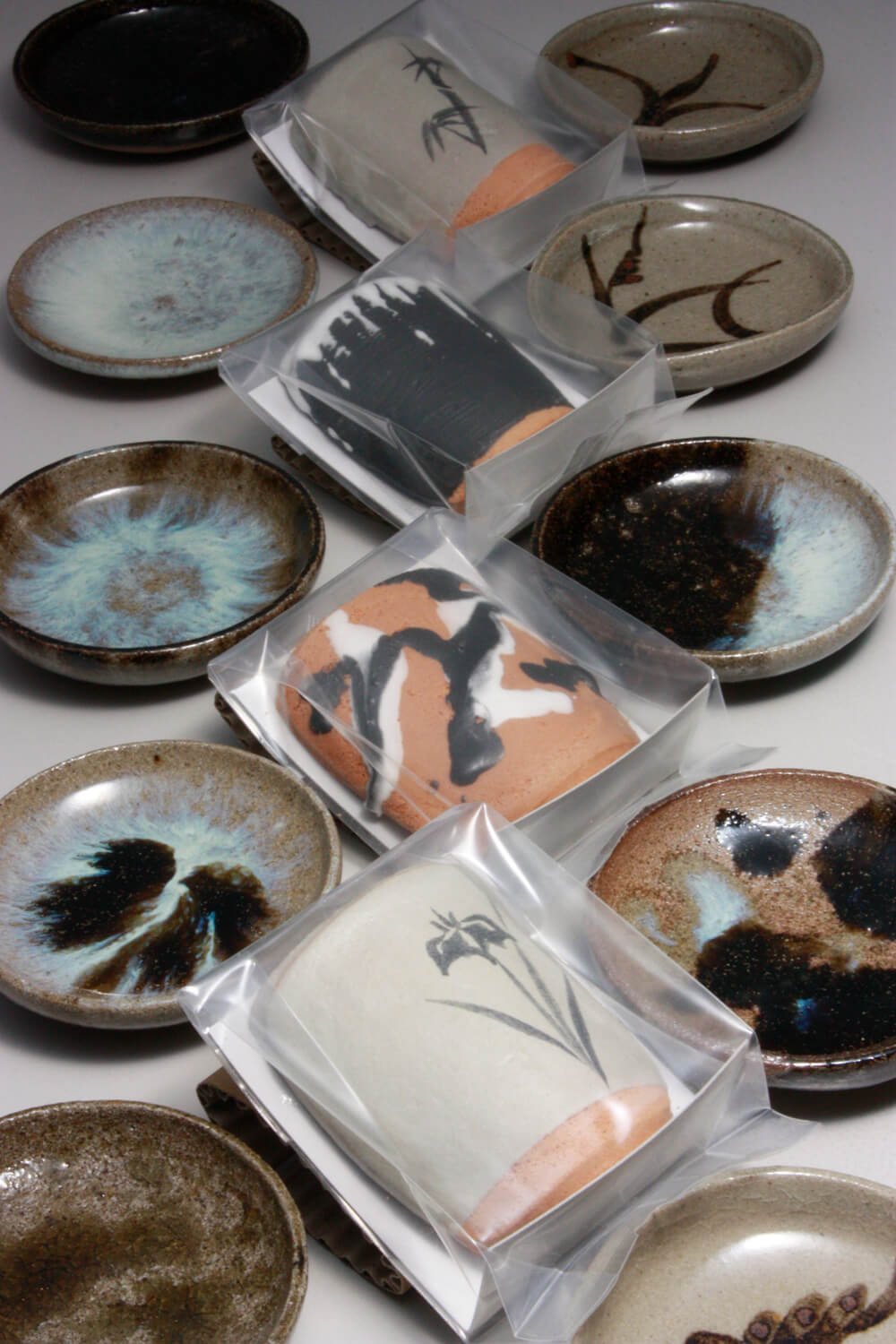
© Nakazato Tarouemon Tobo
TRENDING
-
The Tattoos that Marked the Criminals of the Edo Period
Traditional tattoos were strong signifiers; murderers had head tattoos, while theft might result in an arm tattoo.

-
The Story of Sada Yacco, the Geisha who Bewitched Europe
Described by Dazed magazine as the first beauty influencer, she has been restored to her former glory since 2019.

-
Ito Jakuchu's Naturalist Paintings
From 15 September until 14 October 2018, the Petit Palais showcased the artist's iconic ‘Images of the Colourful Realm of Living Beings’.

-
Chiharu Shiota, Red Threads of the Soul
Last year, more than 660,000 people visited the retrospective 'Chiharu Shiota: The Soul Trembles' exhibit at the Mori Art Museum.

-
Studio Ghibli's Delicious Dishes Are More Than Just Details
Food, often inspired by the directors' favourite recipes, is a crucial element in the plot of these animated films.

